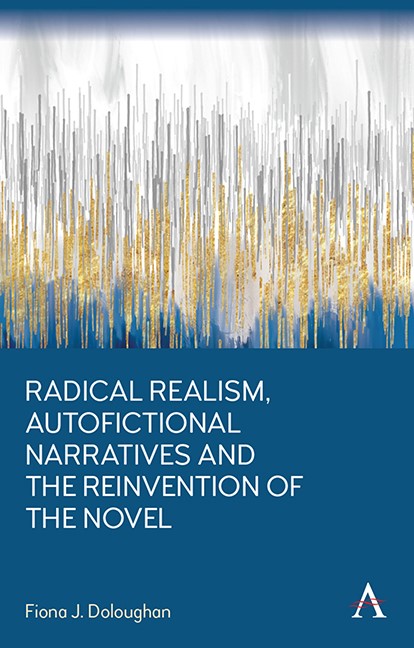Book contents
- Frontmatter
- Contents
- Dedication
- Preface
- Acknowledgements
- 1 Introduction
- 2 Theoretical and Critical Concerns: Key Terms and Arguments
- 3 The Anatomy of a Writer: Karl Ove Knausgaard’s My Struggle
- 4 Companion Pieces: Jeanette Winterson’s Why Be Happy When You Could Be Normal? in Relation to Oranges Are Not the Only Fruit
- 5 A Cross-Cultural Memoir: Xiaolu Guo’s Once Upon a Time in the East
- 6 Rachel Cusk’s Search for New Forms: Self-Projection and Refraction in Fiction and Non-Fiction
- 7 Conclusion
- References
- Index
3 - The Anatomy of a Writer: Karl Ove Knausgaard’s My Struggle
Published online by Cambridge University Press: 15 November 2023
- Frontmatter
- Contents
- Dedication
- Preface
- Acknowledgements
- 1 Introduction
- 2 Theoretical and Critical Concerns: Key Terms and Arguments
- 3 The Anatomy of a Writer: Karl Ove Knausgaard’s My Struggle
- 4 Companion Pieces: Jeanette Winterson’s Why Be Happy When You Could Be Normal? in Relation to Oranges Are Not the Only Fruit
- 5 A Cross-Cultural Memoir: Xiaolu Guo’s Once Upon a Time in the East
- 6 Rachel Cusk’s Search for New Forms: Self-Projection and Refraction in Fiction and Non-Fiction
- 7 Conclusion
- References
- Index
Summary
Introduction
This chapter will treat a work originally written in Norwegian and its critical reception in English translation. It will focus on debates relating to categorization of Knausgaard’s work, taking account of the writer’s stated aims and ambitions in producing his multivolume work, Min Kamp (2009–2011), published subsequently in English as My Struggle (2012–2018), as well as critical responses to it. In discussing a work in translation, analysis will inevitably remain at the structural and macro-level, rather than engaging in a detailed analysis of style at the micro-level. However, in navigating critical responses to the work’s potentially controversial substance, its structural and thematic concerns, and in treating issues of genre in the light of authorial aims and ambitions, the chapter will set the scene for further discussion of trends in contemporary writing in terms of its autofictional tendencies and its apparent scepticism about the value of ‘pure’ fiction at a time when so-called real-world problems and issues are taking centre stage.
As the Introduction to the book has made clear, the choice of works under study has been motivated by a desire to understand an observable contemporary phenomenon which sees interrogation of generic conventions in relation to notions of so-called fact and fiction and a kind of ‘deep dive’ by a number of writers into the affordances and limitations of novelistic resources in facilitating exploration and articulation of the self and its manifestation in auto/biographically focussed narratives. Inclusion of Karl Ove Knausgaard with a focus on his My Struggle series has been motivated by a variety of factors, including the sheer scale of the work and the ambition of a writer who, having already enjoyed novelistic success at an early age, seemed to turn his back on fiction and move in the direction of writing from life. Indeed, much of the controversy relating to the work’s reception has had to do with the very detailed account of the life, not just of narrator and central protagonist Karl Ove, but of the lives of other people close to him who might be said to have shaped and formed him (his father in particular; his brother) as well as those with whom he, in turn, created a home and family (his wife Linda and his children).
- Type
- Chapter
- Information
- Publisher: Anthem PressPrint publication year: 2023

